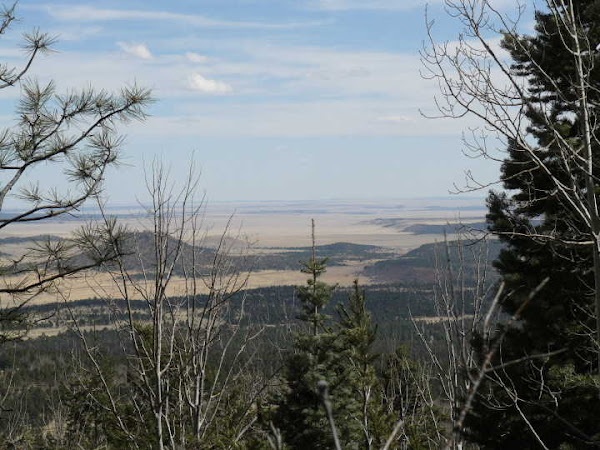Monday, February 28, 2011
Gas Drilling's Environmental Threat Hydrofracked? One Man’s Mystery Leads to a Backlash Against Natural Gas Drilling
EXCERPT:
"Louis Meeks’ well water contains methane gas, hydrocarbons, lead and copper, according to the EPA’s test results. When he drilled a new water well, it also showed contaminants. The drilling company EnCana is supplying Meeks with drinking water.
Abrahm Lustgarten, ProPublica
Feb. 25, 2011, 6 a.m.
There are few things a family needs to survive more than fresh drinking water. And Louis Meeks, a burly, jowled Vietnam War hero who had long ago planted his roots on these sparse eastern Wyoming grasslands, was drilling a new well in search of it.
Drilling Regulatory Staffing in Your State
The drill bit spun, whining against the alluvial mud and rock that folds beneath the Wind River Range foothills. It ploughed to 160 feet, but the water that spurted to the surface smelled foul, like a parking lot puddle drenched in motor oil. It was no better — yet — than the water Meeks needed to replace.
Meeks used to have abundant water on his small alfalfa ranch, a 40-acre plot speckled with apple and plum trees northeast of the Wind River Mountains and about five miles outside the town of Pavillion. For 35 years he drew it clear and sweet from a well just steps from the front door of the plain, eight-room ranch house that he owns with his wife, Donna. Neighbors would stop off the rural dirt road on their way to or from work in the gas fields to fill plastic jugs; the water was better than at their own homes.
But in the spring of 2005, Meeks’ water had turned fetid. His tap ran cloudy, and the water shimmered with rainbow swirls across a filmy top. The scent was sharp, like gasoline. And after 20 minutes — scarcely longer than you’d need to fill a bathtub — the pipes shuttered and popped and ran dry.
Meeks suspected that environmental factors were to blame. He focused on the fact that Pavillion, home of a single four-way stop sign and 174 people, lies smack in the middle of Wyoming’s gas patch. Since the mid 1990’s, more than 1,000 gas wells had been drilled in the region — some 200 of them right around Pavillion — thousands of feet through layers of drinking water and into rock that yields tiny rivulets of trapped gas. The drilling has left abandoned toxic waste pits scattered across the landscape.It has also disturbed the earth itself. One step in the drilling cracks and explodes the earth in a physical assault that breaks up the crust and shakes the gas loose. In that process, called hydraulic fracturing, a brew of chemicals is injected deep into the earth to lubricate the fracturing and work its way into the rock. How far it goes and where it ends up, no one really knows. Meeks wondered if that wasn’t what ruined his well....continued......











